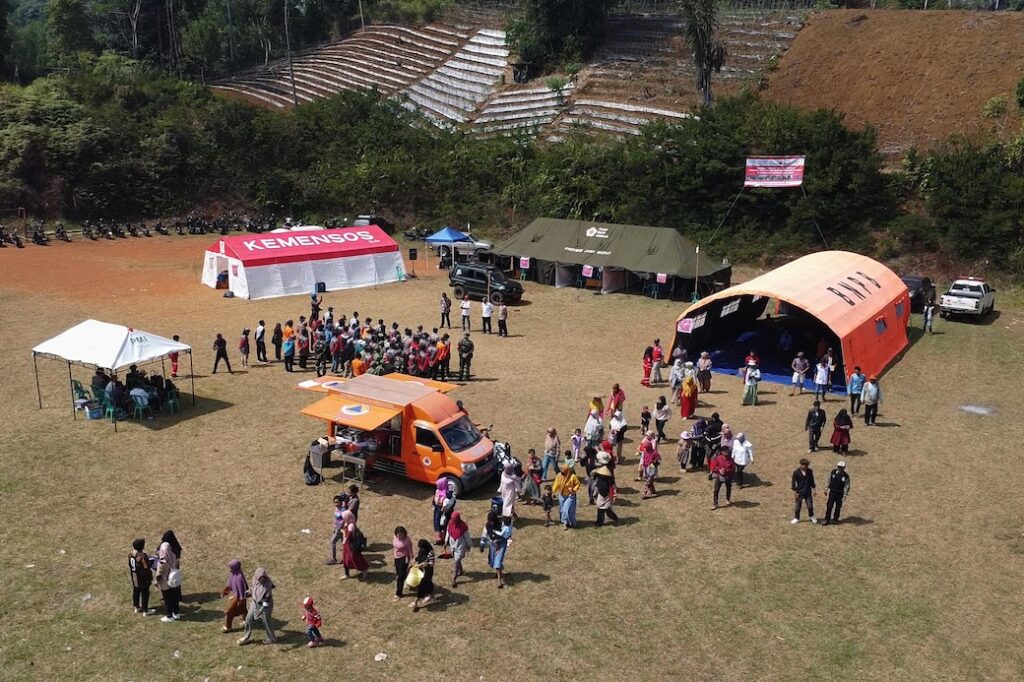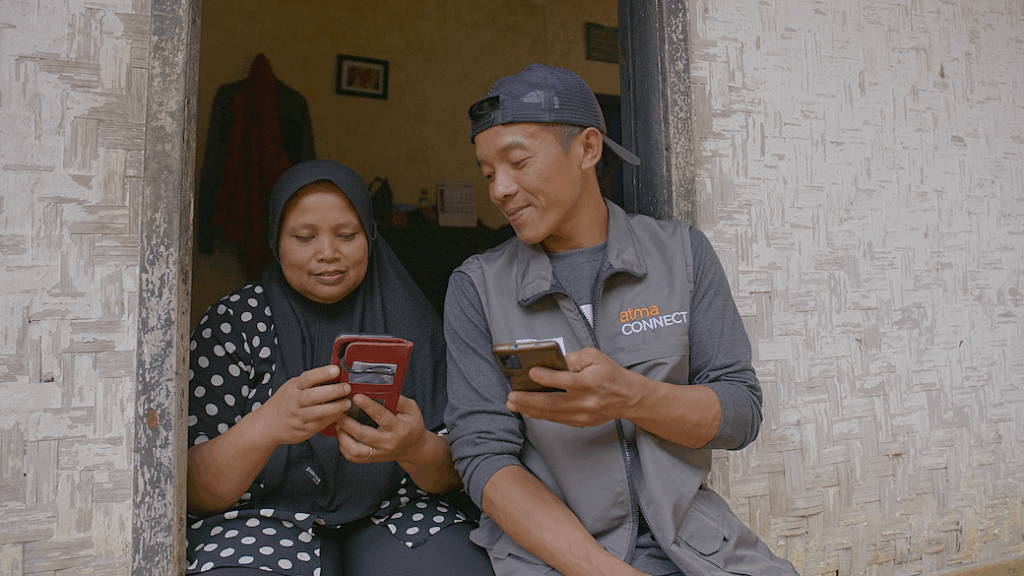The story behind implementing a Community-Led and Sustainable Internet Resilience Solution for Disaster
By Atma Connect*
Imagine growing up with the fear of living in an area prone to heavy rains, flooding, landslides, and sometimes earthquakes, and where cell service and Internet were nearly nonexistent. That was the dire situation in two villages in West Java, Indonesia.
Atma Connect, a nonprofit organization focused on neighbors helping neighbors, particularly in communities with few resources, knew it could help change the picture. The dream: deliver resilient Internet infrastructure tightly integrated with a proven process to transform communities to be self-sufficient and disaster-ready.
With the support from the Internet Society Foundation Resiliency grant program, Atma Connect took on the challenge of transforming the communities into a disaster-resilient area. They did so not just with sustainable infrastructure but also through community engagement, training and knowledge sharing.
Here’s how Atma Connect accomplished these goals: the first step was to deploy a Human-Centered Design (HCD) research team to uncover the hidden realities behind disaster risk and the lack of reliable Internet in these villages.
“We didn’t just do desk research from a distance. We walked the unstable ground, spoke face-to-face with residents and local leaders, and listened to stories of families cut off from help during floods and earthquakes because they had no Internet and no warning system,” said Alfan Kasdar, Atma Connect’s Indonesia Field Director.
“We discovered villages where evacuations still relied on messengers running across landslide-prone hills. People’s problems were visceral, visible, and urgent,” he said. “Their determination to take action and strengthen their own communities made them ideal partners in building the first community-driven Internet resilience network in the region.”

After the initial research, the Atma Connect team worked extensively with local village governments and communities to assess the best, most cost-effective technology solutions and to map out plans on how to maintain the equipment and train community members, so they would be able to ensure the equipment was always working.
Atma Connect worked to recruit hundreds of volunteers to get training and form a village-based disaster preparedness team (known as “CBAT” or Community-Based Action Team). People who had never learned or received disaster preparedness information before learned skills and practiced drills. Simulations were designed with community partners, including the Indonesian Red Cross. In one very large disaster response simulation, there were an astounding 600 participants, which received much media attention.

A crucial component of the project was to design a sustainable funding component to ensure the infrastructure would be maintained. Atma Connect helped to integrate this into the village government agency so the monthly bills would always be paid, and created many Standard Operating Procedures to ensure the equipment was sustained and functioned well.
Atma Connect also worked with the community to use its AtmaGo mobile app and platform as a disaster hub, integrating disaster information from official institutions as well as community crowd-sourced information. The Internet infrastructure is powered by solar energy and supported by an 18-hour battery backup, allowing it to operate reliably day and night. With up to 12 hours of sunlight daily in Indonesia, the setup ensures continuous connectivity without relying on the electrical grid.

Photo: Atma Connect.
The area is better equipped for disasters and also benefits from better day-to-day connectivity. As a local resident, Mrs. Hatipah, who is a team volunteer for the Indonesian Red Cross, says, “I used to run around searching for a phone signal, but now I can stay connected from home. I hope Internet access will soon be more evenly available across Suradita hamlet.”
In December 2024, when heavy rains flooded the area and deadly landslides were happening in other communities, people sprang into action. Lives were saved, and people got the resources they needed faster than before through the power of internet-enabled communication. The outcome: communities were indeed transformed for the better, and there now exists a sustainable Internet and community model that could be replicated in countless other places.

Photo: Atma Connect.
In the words of Hendra Gunawan, also an Indonesian Red Cross Community-Based Action Team Volunteer, “In disaster situations, we need access to information, communication with relevant parties, and the ability to connect with our families who are far away. At this moment, the benefits of having this infrastructure are truly felt. In other words, this has been incredibly beneficial.”
Learn more about Atma Connect and watch the video about their Internet Resiliency project.
* The author is a grantee partner from the Resiliency Grant Program.
Disclaimer: Viewpoints expressed in this post are those of the authors and may or may not reflect official Internet Society Foundation positions.
